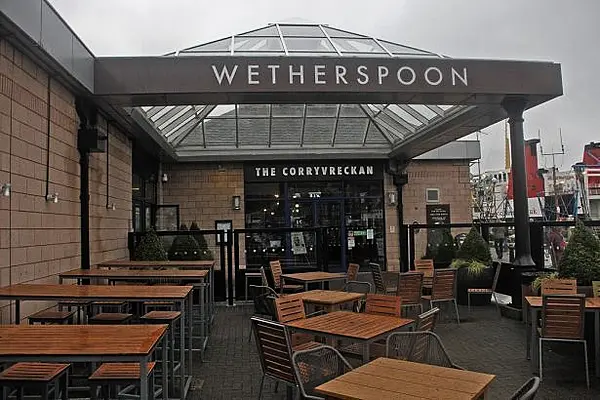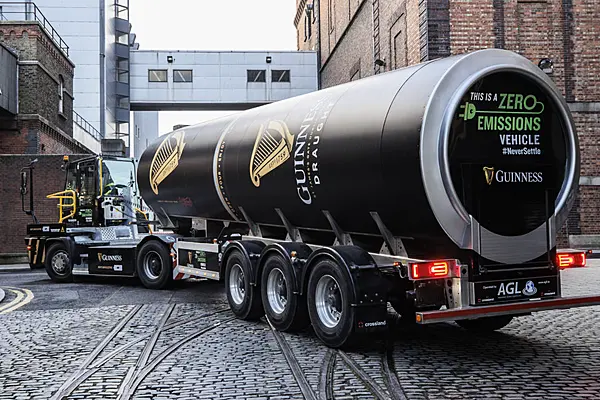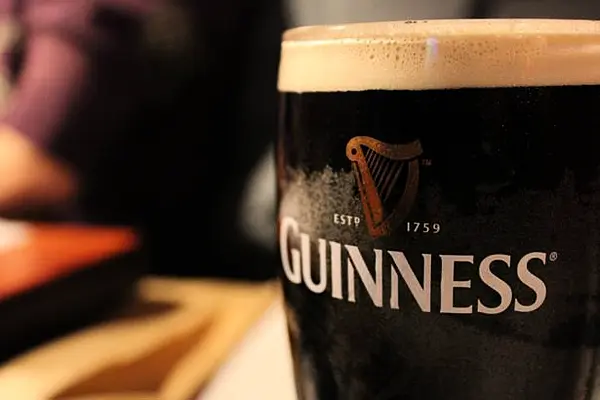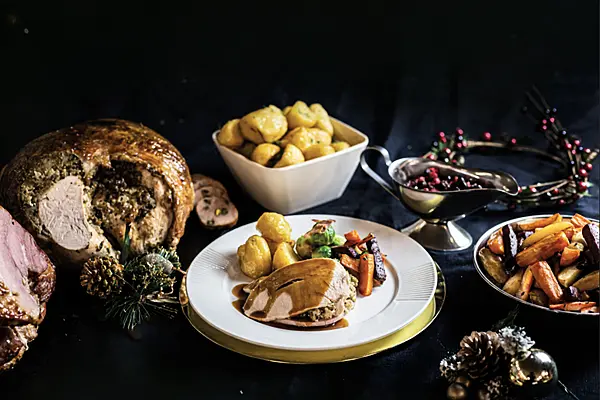Britain's J D Wetherspoon on Wednesday forecast its profit to be towards the upper-end of market expectations after the pub group posted higher third-quarter sales, buoyed by strong demand for its traditional ales and vodka.
The group, which owns and operates pubs across the UK and Ireland, reported a 5.2% rise in like-for-like sales for the 13-week period ended April 28.
High Inflationary Environment
Resilient customer spending has helped British pub groups during an uncertain economic environment, even as fears of customers cutting back amid a high inflationary environment looms.
Sales of traditional ales, which were slow in the aftermath of pandemic-led lockdowns, have witnessed strong momentum, the company said, adding that customers were also lapping up Guinness beer.
The younger customers spent on vodkas such as Swansea's Au Vodka and XIX flavoured vodkas.
UK And Ireland
J D Wetherspoon reported profit in the first half of the year in March, supported by a gradual easing of costs and an increase in customers coming to grab drinks and food.
The group, which owns and operates pubs across the UK and Ireland, reported a profit before tax of £36 million (€41.9 million).
Trading
In its financial statement, J D Wetherspoon noted that there has been a reduction in the number of trading Wetherspoon pubs in the last decade, which peaked at 955 in December 2015.
Some leasehold pubs have been surrendered to landlords at the end of the lease or by negotiation, and other pubs have been sold to third parties. At the end of the period under review, the company traded from 814 pubs.
Sales
In spite of a reduction in the overall number of pubs, sales have continued to increase - total sales are now about one third higher than in 2015, when the number of pubs peaked, and sales per pub have increased by about 50% since then.
Since 2010, the company has invested £448 million (€522.5 million) in acquiring the freehold 'reversions' of pubs where it was previously the tenant. Seventy one percent of pubs are now freehold, an increase from 41% in 2010.
Article by Reuters, additional reporting by Hospitality Ireland.









